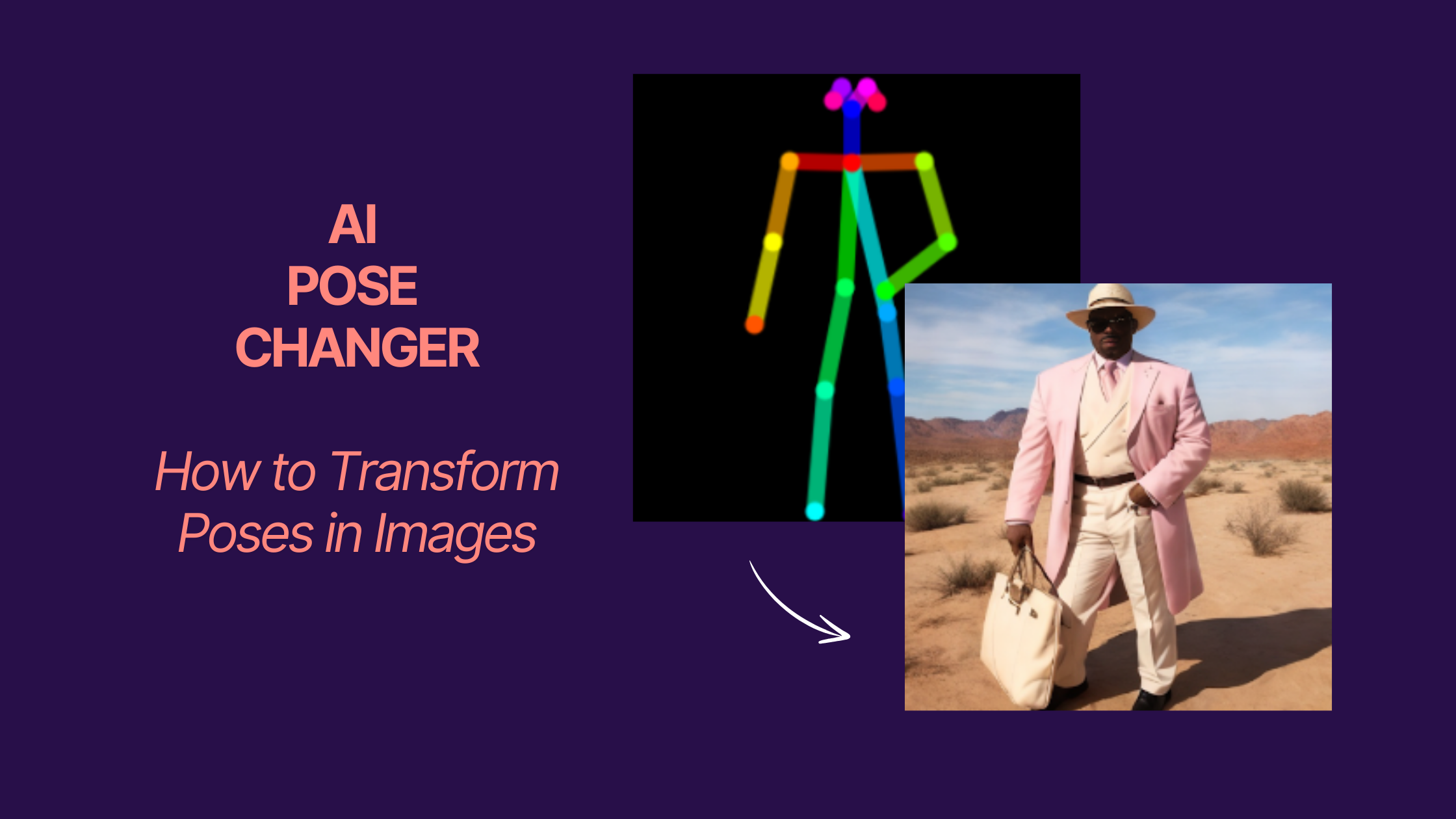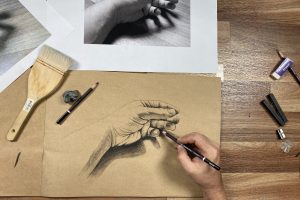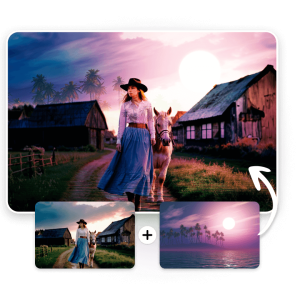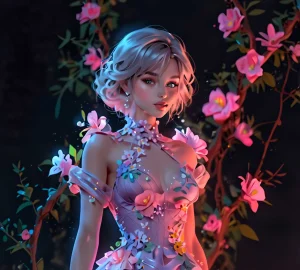AI image generators have revolutionized digital art, allowing users to create stunning visuals with simple text prompts. However, one common frustration among users is that AI image prompts poses Dont work as expected. AI often misinterprets body positioning, generating awkward or distorted poses that don’t align with the user’s vision. Why does this happen? More importantly, how can you fix it? In this guide, we’ll explore the challenges AI faces in understanding human poses and provide practical solutions to enhance pose accuracy in AI-generated images.
Why AI Image Generators Struggle with Poses
AI’s Limited Understanding of Human Anatomy
AI-generated images rely on vast datasets of existing artwork and photographs. However, AI does not “understand” human anatomy the way a human artist does. Instead, it predicts and assembles images based on statistical probabilities. This often leads to:
- Incorrect limb proportions – AI-generated figures may have too many fingers, elongated arms, or unnatural angles.
- Unrealistic body postures – AI struggles to correctly position limbs, resulting in distorted or impossible poses.
- Asymmetry issues – AI may fail to align body parts symmetrically, causing unnatural imbalances.
These errors explain why many users experience frustration when AI image prompts poses Dont work as expected.
This topic might be useful for you:
- Adding New Details To Images With Ai
- Adding New Details To Images With Ai Adobe
- Ai Image Generator Score Up Meaning
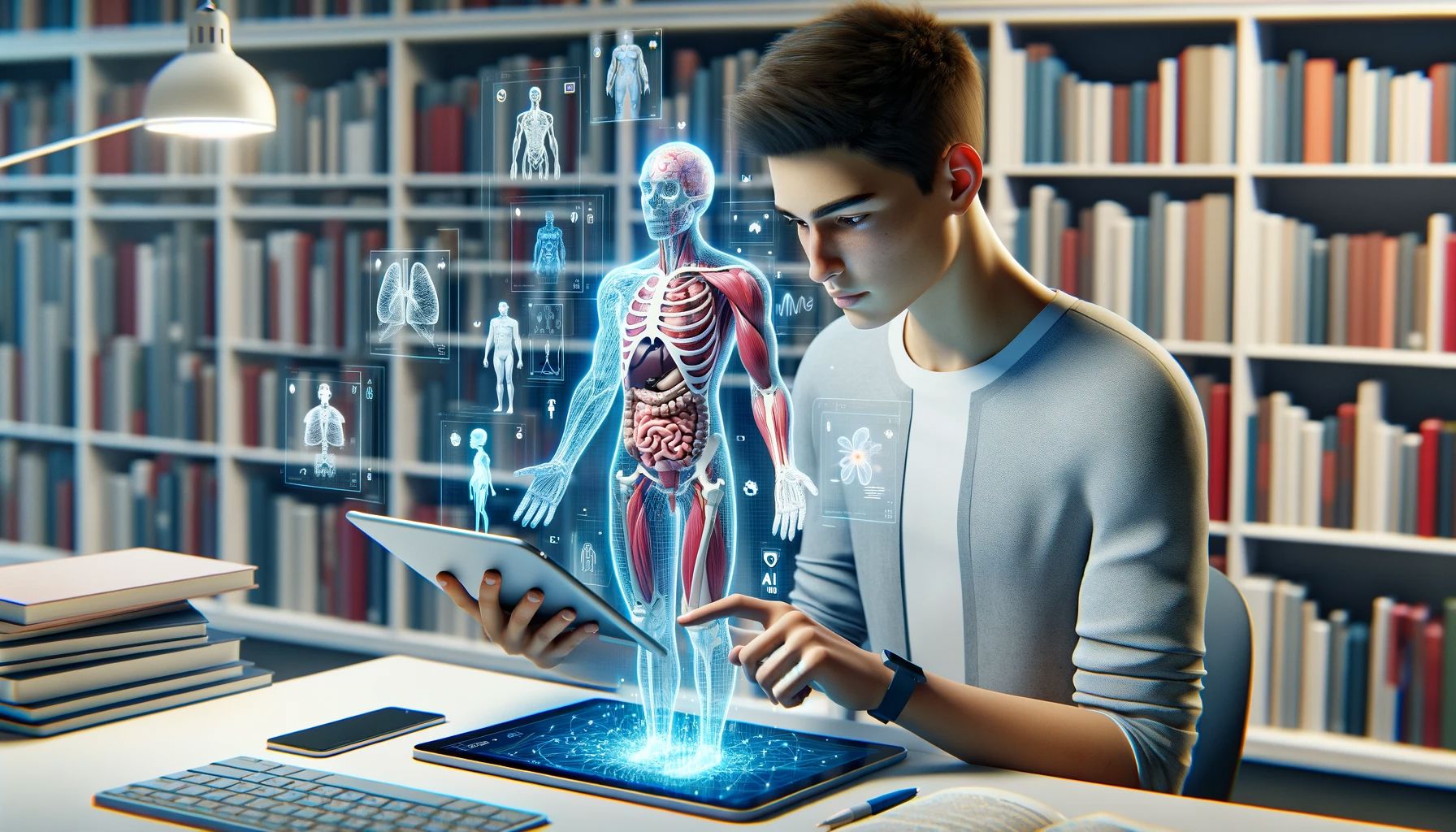
The Role of Training Data in Pose Generation
AI models are trained on large datasets, but these datasets may not always include enough images with complex or dynamic poses. Common issues include:
- Lack of diverse pose references – AI may struggle with uncommon angles or dynamic movement.
- Overfitting to generic poses – AI often defaults to basic, front-facing postures instead of creative or complex positions.
- Inconsistent dataset quality – If training data includes distorted or incorrect poses, the AI may replicate these mistakes.
Since AI relies on existing references, it may not always generate original or highly specific poses accurately.
Recommended reading:
- How To Tell If An Image Is Ai Generated
- What Ai Does Not Have Any Filters On Image Generation
- Add A Lions Mane To An Image Using Ai
How to Improve Pose Accuracy in AI Image Generation
Using More Detailed and Structured Prompts
If AI image prompts poses Dont work, the issue may be with how the prompts are structured. To improve results:
- Use precise descriptions – Instead of “a person sitting,” try “a woman sitting cross-legged on a wooden floor with her hands resting on her knees.”
- Include camera angles – Specifying angles such as “top-down view” or “side profile” can help AI understand positioning.
- Define limb placement explicitly – Mention where arms, legs, and hands should be positioned for better accuracy.
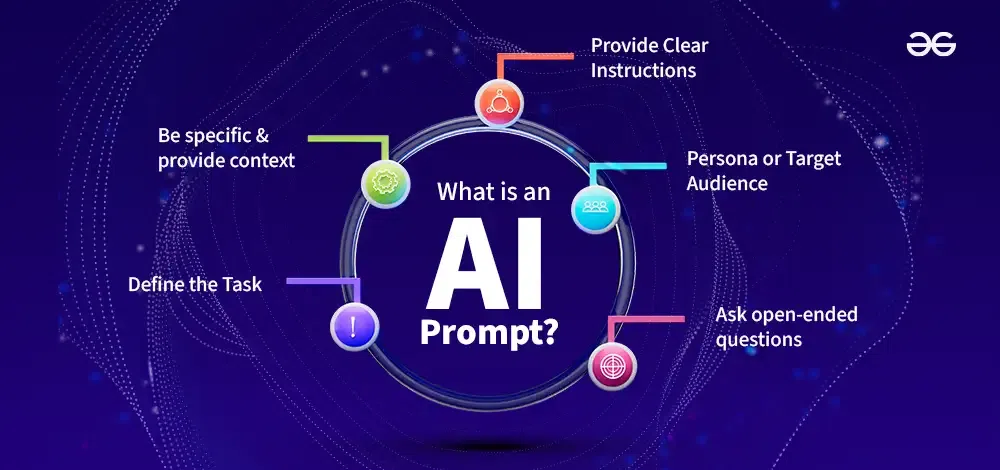
Incorporating Reference Images for AI Guidance
Some AI tools, including Dall-E Generate, allow users to upload reference images. These images serve as a guide for AI, ensuring more accurate poses. Benefits include:
- Better anatomical accuracy – AI can match body proportions based on real images.
- Improved pose consistency – Using references helps maintain similar poses across multiple images.
- Enhanced creative control – Users can fine-tune AI-generated images to better fit their vision.
Utilizing Pose Control and AI Editing Tools
Several AI platforms offer pose control features, enabling users to specify exact positioning. Techniques include:
- Pose models and skeleton tracking – Some AI generators allow users to input stick figure-style guides for precise body positioning.
- Inpainting and editing – If an AI-generated pose is incorrect, users can manually adjust specific areas using AI-powered editing tools.
- Layered generation – Some advanced AI tools allow users to generate images in multiple steps, refining poses in each phase.
By leveraging these tools, users can overcome common frustrations when AI image prompts poses Dont work correctly.
- Complete guide to:
- Ai Image Sharpening And Upscaling Online Free
- Ask Chat Gpt For Ai Image Generating Promts
- Funny Ai Images
- Getty Images Announces Ai Partnership With
Common AI Pose Mistakes and How to Fix Them
Disconnected or Misaligned Limbs
AI often generates images where arms, legs, or hands appear detached from the body. To fix this:
- Use clear pose descriptions – Mention specific limb placements, such as “arms bent at the elbows with hands on hips.”
- Try different prompt variations – If AI misaligns limbs, reword the prompt with additional details.
- Use pose reference models – Uploading an image or stick-figure reference can help AI generate more accurate poses.
Unnatural or Broken Body Angles
Some AI-generated images depict poses that are physically impossible. Solutions include:
- Specifying natural movement – Instead of “a person running,” try “a person mid-stride with one foot lifted and arms swinging naturally.”
- Avoiding vague prompts – AI may default to unnatural poses if the prompt is too general.
- Refining with AI-assisted touch-ups – Some AI platforms allow users to modify specific body parts after image generation.
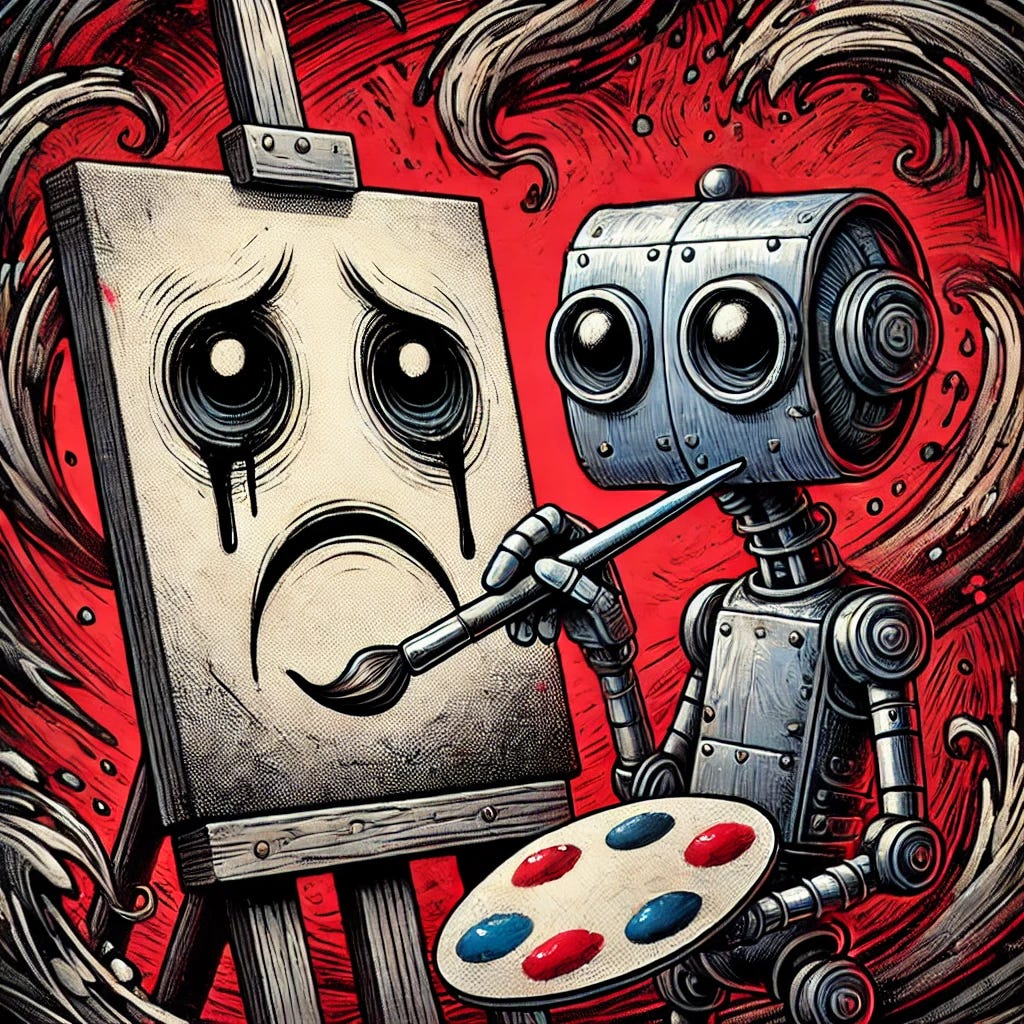
Inconsistent Poses in Multiple Images
If users need a consistent character pose across multiple images, AI can struggle with uniformity. To fix this:
- Use the same prompt structure – Keeping descriptions identical helps AI maintain consistency.
- Upload reference images – AI can better replicate poses when provided with visual examples.
- Leverage AI pose generators – Some tools allow users to adjust character poses before generating the final image.
Advanced AI Tools for Better Pose Generation
AI Pose Control Platforms
Some AI platforms specialize in pose accuracy, offering features like skeleton tracking and reference matching. Tools include:
- Dall-E Generate – A powerful AI image generator that allows users to refine prompts for improved results.
- ControlNet for Stable Diffusion – Provides pose guidance using reference images.
- DeepAI Pose Generator – Enables users to create AI-generated images based on preset poses.
These tools help mitigate the issue when AI image prompts poses Dont work as expected.
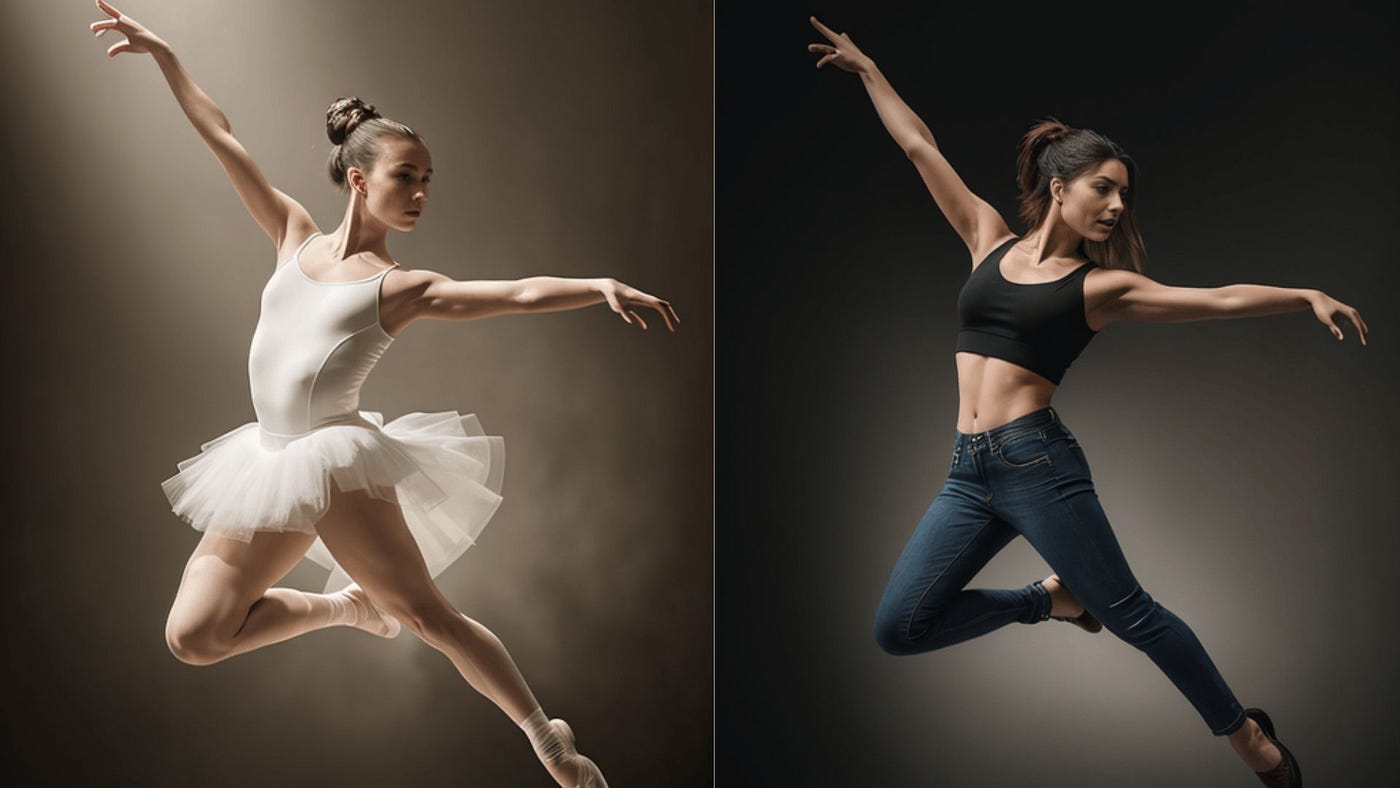
Combining AI with Manual Editing
While AI can generate poses, manual editing enhances accuracy. Best practices include:
- Using Photoshop or GIMP to adjust AI-generated poses.
- Layering AI-generated elements to refine body positioning.
- Employing AI-assisted retouching tools to fix errors.
By blending Ai Image Generator Dall-E content with manual refinements, users can achieve professional-quality results.
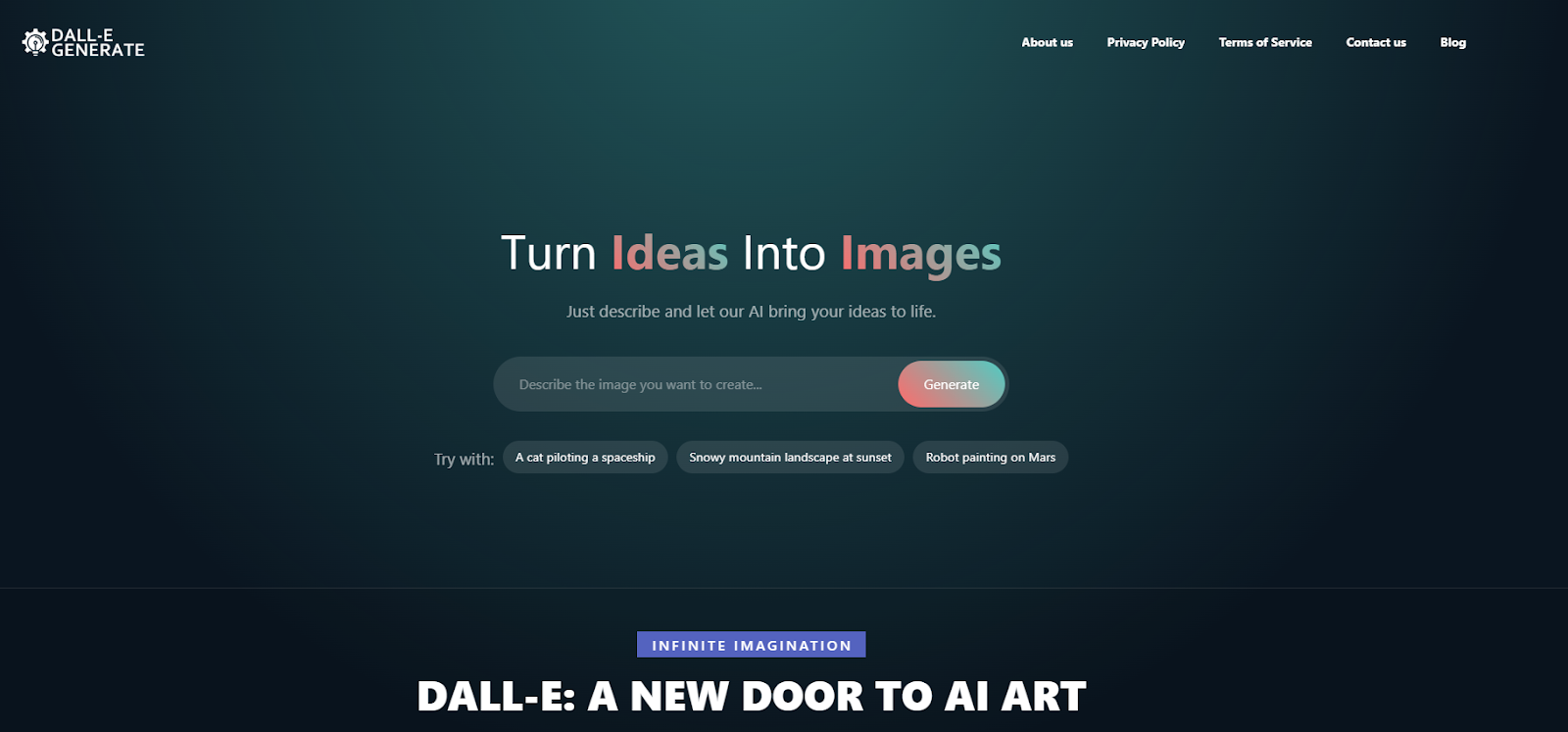
The Future of AI Pose Generation
Will AI Become Better at Understanding Poses?
AI technology continues to evolve, with improvements in:
- Pose tracking accuracy – Future AI models may incorporate better skeleton tracking for more realistic poses.
- More diverse training datasets – AI developers are expanding datasets to include a wider range of human postures.
- Advanced prompt interpretation – AI may improve in understanding complex pose descriptions more accurately.
As AI evolves, issues related to AI image prompts poses Dont work will likely become less frequent.
Conclusion
AI-generated images offer incredible creative possibilities, but pose accuracy remains a challenge. When AI image prompts poses Dont work, it’s often due to limitations in AI’s understanding of human anatomy and pose representation. However, by using detailed prompts, incorporating reference images, leveraging pose control tools,Create Images With Ai and combining AI with manual editing, users can significantly improve pose accuracy. As AI technology advances, we can expect even more sophisticated tools to help create lifelike and accurate character poses in AI-generated images.
